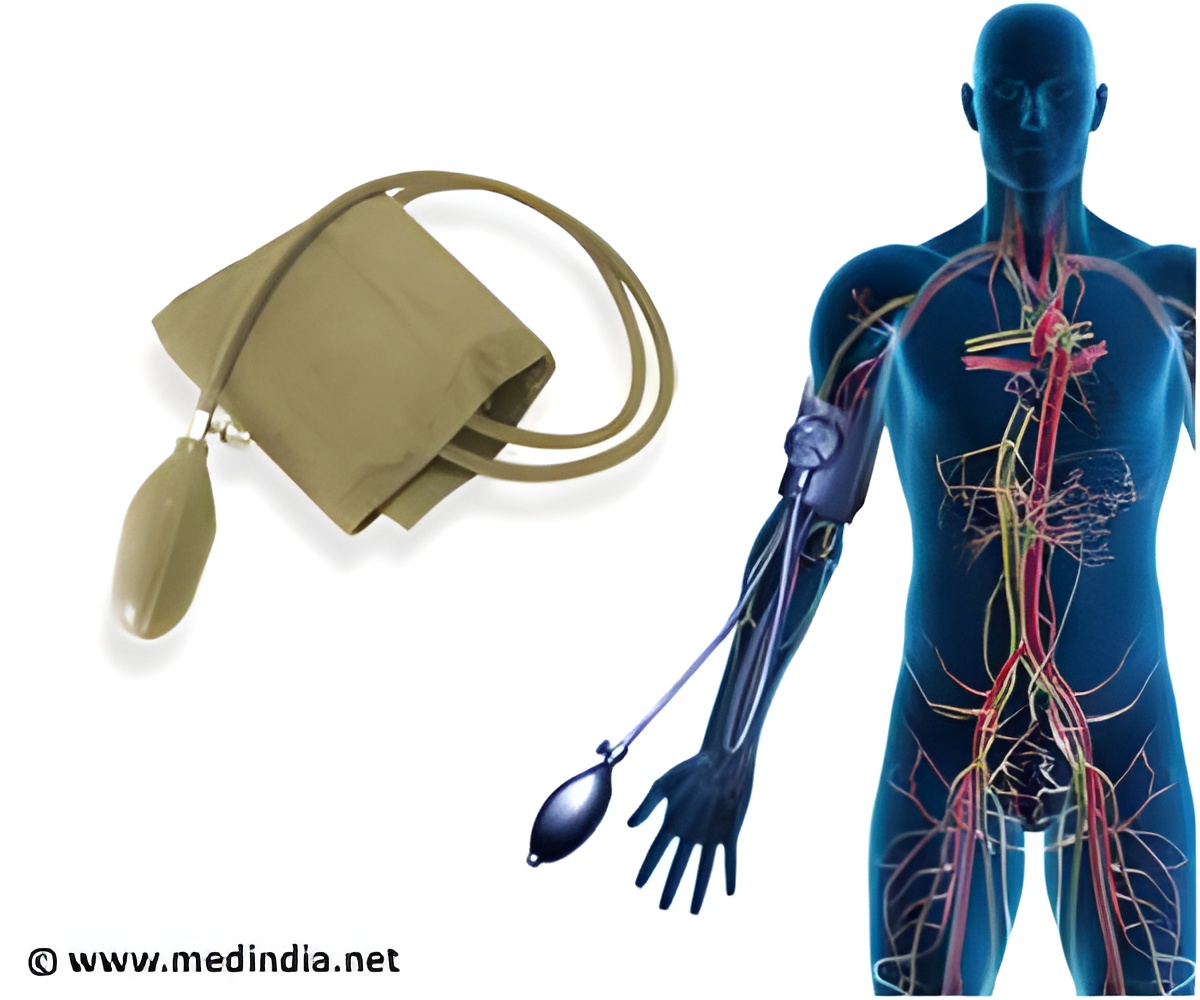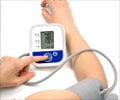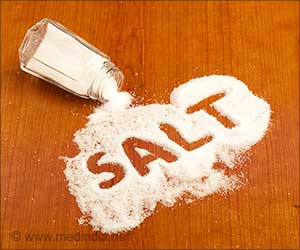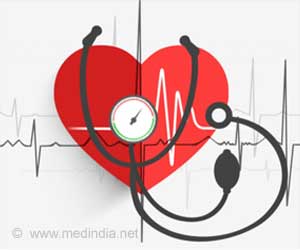
The findings have implications not just for people who live, work or undertake recreational
activities such as skiing and trekking at high altitudes, but also for people at lower altitudes who may be temporarily deprived of an adequate oxygen supply, a condition known as hypoxia.
Professor Gianfranco Parati, of cardiovascular medicine at the University of Milano-Bicocca, said that The blood pressure increase was due to several factors, the most important being the effects of oxygen deprivation in increasing activity in the body's sympathetic nervous system and this leads to the heart working harder and the peripheral blood vessels constricting.
He further explained for people already being treated with angiotensin II receptor blockers such as telmisartan, the treatment would remain effective at altitudes reached by trekkers, climbers, skiers and workers, but would not work at very high altitudes where their blood pressure would probably become uncontrolled more easily.
This study emphasized on the importance of ambulatory blood pressure monitoring as compared to conventional blood pressure measurements in characterising blood pressure levels in people's real lives; this is particularly important when focusing on the effects of hypoxia, which can be much less evident at rest than during daily life activities.
Advertisement
Source-ANI













